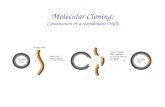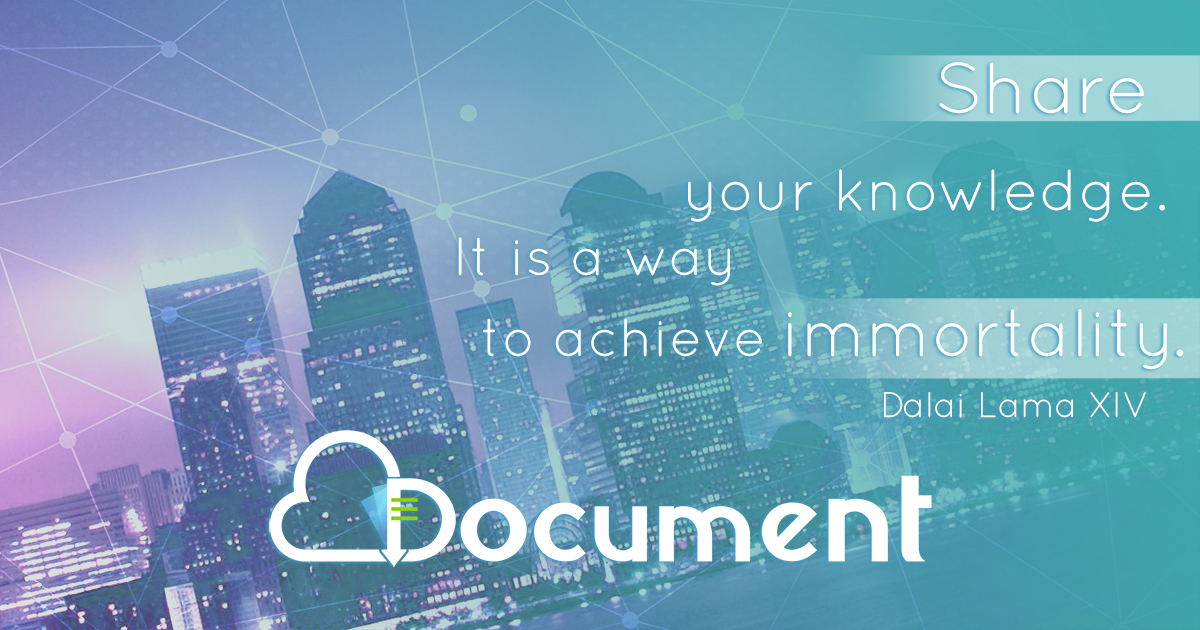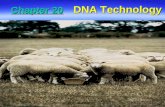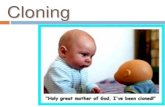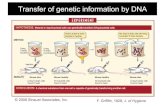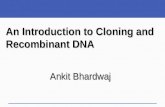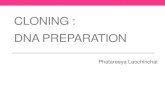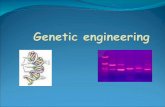Cloning DNA
-
Upload
hyudaristy -
Category
Documents
-
view
237 -
download
2
description
Transcript of Cloning DNA

Gene Cloning
Dr. YuwonoDepartemen Mikrobiologi/Klinik FK Unsri/RSMH Palembang
E-mail: [email protected]

Fundamentals
• A group of replicas of all or part of a macromolecule such as DNA
• An individual grown from a single cell of its parent and genetically identical to it
• A tool to make multiple copies of a single gene or sequence
• Gene cloning is NOT animal cloning

Why Clone a Gene?
• A particular gene can be isolated and its nucleotide sequence can be determined
• Coding regions and control elements like promoters can be identified and analyzed
• Protein/enzyme/RNA function can be investigated• Mutations can be identified, e.g. gene defects
related to specific diseases• Organisms can be ‘engineered’ for specific
purposes, e.g. insulin production, insect resistance, etc.
• If a protein is not abundant naturally, its gene can be cloned to produce the protein in large amounts

Process Overview
• The source DNA can be from virus, plants, animal cells or even fossils
• The source DNA is then fragmented by digesting with restriction enzymes
• The fragments are then ligated to a plasmid vector, which is also cut with the same combination of restriction enzymes. The ligated product is now a recombinant plasmid
• The recombinant plasmid is now introduced into a bacterium such as E.coli and multiple copies of the plasmid are generated in the clones of bacterial colonies


Restriction Modification System

Restriction Enzymes
• Restriction enzymes are sequence specific• Endonucleases – cut from within unlike exonucleases• Break the phosphodiester bonds of the DNA
Types of base cutters • Restriction enzymes can be 4-base cutters such as
Sau3A or 6-base cutter such as EcoRI or even 8-base cutters
• Recognition sequences shown above are mostly palindromes – invert repeats

What Kind of Ends Do Restriction Enzymes Produce? Restriction enzymes such as EcoRI can generate sticky ends whereas enzymes such as HaeIII produce blunt ends

How to Know That a Plasmid is Cut with a Given Restriction Enzyme?
• Plasmids are covalently closed circular molecules (CCC)• Plasmids can essentially exist in three forms: (a) Circular form (CCC), (b)
Nicked form or open circular where any one of the strand is cut (OC) and (c) Linear form when both the strands of the plasmid are cut.
• The mobility of the three forms on an agarose gel is different. The circular form being compact has the highest mobility and will run fastest followed by linear form and the nicked form
• Thus by monitoring mobility of the different forms of the plasmid on agarose gel one can predict whether a given plasmid has been cut with a restriction enzyme.

Quality Control of Restriction Enzymes
Restriction enzymes used for cloning work are essentially endonucleases and should not be
contaminated with exonuclease activity. This may lead to loss of sticky ends generated after an
enzyme cuts through its recognition sequence. Consequently, ligation to vector will fail. Similarly,
phosphatase contamination can prevent ligation of foreign gene to vector.

LIGATION • The most important precaution
prior to setting up a ligation reaction is to ensure that the cut vector is prevented from recircularization.
• This is achieved by digesting the plasmid by the same restriction enzyme(s) as the foreign gene followed by treatment with alkaline phosphatase which removes the terminal phosphate groups from the cut ends of the plasmid. This ensures that the cut plasmid does not recircularize.

Directional Cloning
• Directional cloning is necessary when the product of the gene has to be synthesized e.g. if a protein has to be made
• One way to insert DNA so that it will be properly oriented with respect to the promoter is to create DNA molecules whose ends have different overhangs i.e. a DNA fragment cut with two different enzymes. Ligation of such molecules into the plasmid vector can only take place in one orientation, to give directional cloning

Genomic Libraries
• Genomic library is prepared by isolating total DNA from the organism, digesting it into fragments of suitable size, and cloning the fragments into an appropriate vector. This approach is called shotgun cloning because the strategy has no way of targeting a particular gene but instead seeks to clone all the genes of the organism at one time
• The intent is that at least one recombinant clone will contain at least part of the gene of interest. Usually, the isolated DNA is only partially digested by the chosen restriction endonuclease so that not every restriction site is cleaved in every DNA molecule.

Vectors for Library Construction Vector Insert Size
• Plasmid ~ 15.0 kbp
• λ Phage ~ 50.0 kbp
• Cosmid > 50.0 <100.0 kbp
• Bacterial artificial Chromosome (BAC) ~ 300.0 kbp
• Yeast artificial Chromosome (YAC) ~ 2000 kbp

Genomic Library

cDNA Library

Identification of Clone
Scheme of Colony Hybridization (DNA-DNA Hybridization)

Southern Blot Hybridizations
• An analysis of DNA fragments after electrophoresis to a surface. DNA can be transferred by diffusion or electrophoresis to nylon membrane or nitrocellulose.
• The DNA is denatured during transfer or before, by soaking in alkali solution.
• DNA is then immobilized. A radioactive probe can then hybridize to the membrane. The probe will stick only if it hybridizes to ant DNA fragment. Un-hybridized material is washed off.
• DNA is labeled by a variety of methods radioactive and non-radioactive.

Terima Kasih
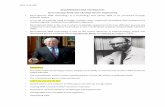
![kuKeywords: USERTM cloning, Cloning of synthesized nonclonal DNA fragments, Fusion of DNA - fragments, Uracil excision based cloning, uNCDFs, Geneart [Background] For synthesized DNA,](https://static.fdocuments.us/doc/165x107/5fd4e2ff1db7b3255b1a15b8/ku-keywords-usertm-cloning-cloning-of-synthesized-nonclonal-dna-fragments-fusion.jpg)
